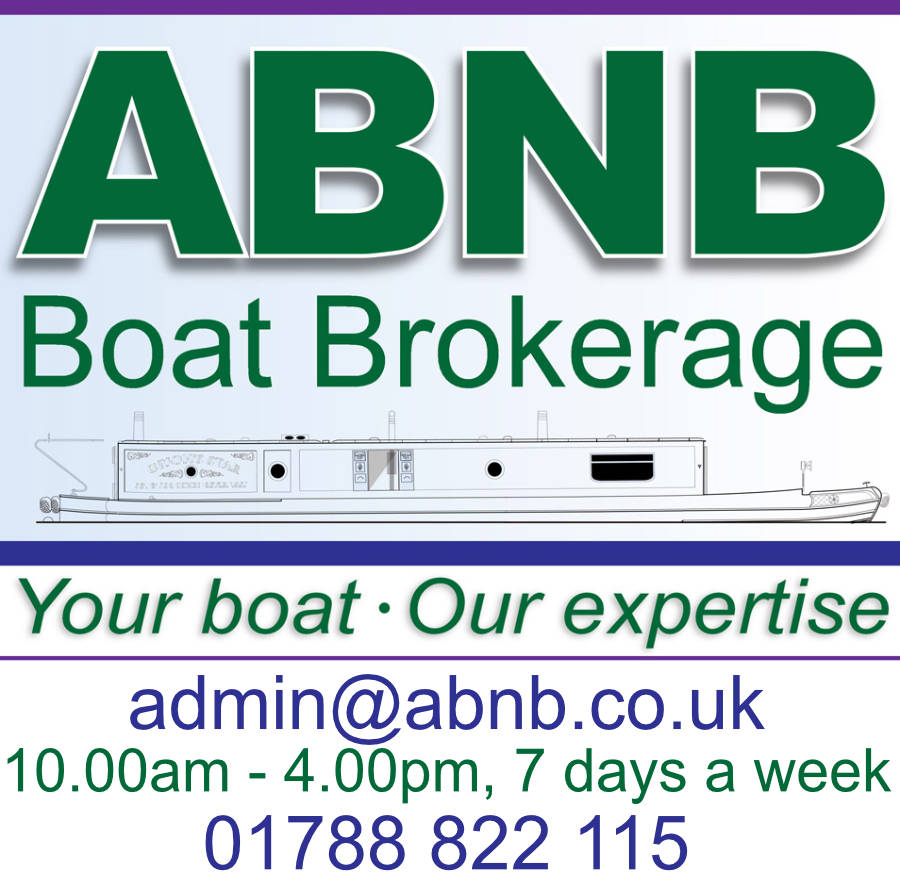Electric Systems
Low Voltage Cabin Electrics
12V
Advantages
- Full range of equipment readily available.
Disadvantages
- Voltage drop problems in long cable runs
24V
Advantages
- Voltage drop is not normally a problem
- Smaller cables and so less cost to install
Disadvantages
- Not all equipment available in 24V
Generating 230V
There are 3 main ways of producing mains 230V electricity whilst out cruising:
- Separate generator
- Engine driven 230V generator
- From the batteries via an inverter
The important factor to be taken into account is the size, in watts, of the appliances that you are likely to run on board and the total number of watts being run simultaneously.
Remember that it contravenes CRT's licence conditions to run a generator or an engine between 8pm and 8am whilst moored up.
Portable suitcase style separate generator
Advantages
- Cheaper option
- Easy retro 'fit'
- Sine wave supply
Disadvantages
- Tend to be small output - sometimes less than 1000W
- Petrol driven: petrol not safe on board - needs dedicated gas-tight locker for petrol storage if to pass BSS
- Gas driven : acceptable to BSS - just - but awkward to set up
- Can only recharge batteries through a mains charger
Built-in separate generator - diesel combustion engine
Advantages
- Plenty of power - usually 3000W or more
- Just switch on and run
- Fuelled from the main or separate tank
- If main engine broken can still have 230V power and, if a mains charger is fitted in your boat, charge the batteries.
- Sine wave supply
Disadvantages
- Expensive to fit
- Often raw water cooled so need to check the filter regularly
- Air cooled motors are noisy
- Often not possible to retro fit
- Can be noisy - motor runs at constant speed either 1500 or 3000rpm
- 2 engines to service etc
- Uses almost the same amount of fuel regardless of the load
Built-in separate generator - diesel Stirling engine
Advantages
- Almost silent
- 'Free' hot water & central heating
- Plenty of power - usually 3000w or more
- Just switch on and run
- Fuelled from the main or separate tank
- If main engine broken can still have 230V power
- Sine wave supply
Disadvantages
- Very expensive to fit
- Often not possible to retro fit
- The generator is a DC unit charging the batteries for an inverter
- 2 engines to service etc
- Uses almost the same amount of fuel regardless of the load
Engine-driven 230V generator
Advantages
- Cheaper than separate, built-in generator
- Running and servicing costs for 1 engine only
- Usually 3500W supply when engine running at 1700 rpm - 1000W at about 1100rpm
- 'Free' mains power when travelling
Disadvantages
- If main engine breaks down, no means of charging batteries & no 230V
- Not always compatible with modern 3-stage mains battery chargers
- Older units not pure sine wave
Inverters
Advantages
- Silent mains power any time
- Cheaper than built in diesel generators
- 'Free' mains power when travelling
- When using high power equipment with a large inverter, running the engine at the same time, especially if there are two alternators, means the unit acts like a 230V alternator
Disadvantages
- 230V not available when the batteries become flat
- Outputs vary - 300W to 3000W
- May need a second alternator to reduce recharge time
- Cheaper units are not pure sine wave


